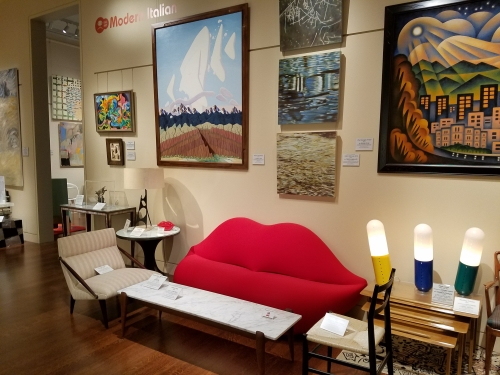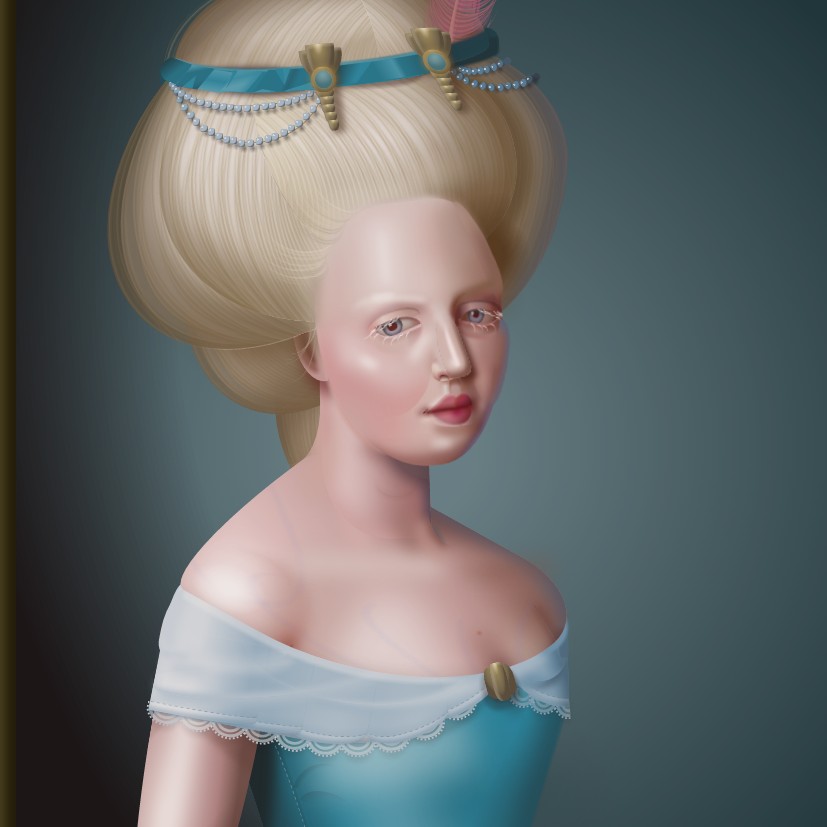VUCA Art Leadership
Art and the VUCA World
Posted on .For those unfamiliar with the acronym, VUCA stands for Volatility, Uncertainty, Complexity, and Ambiguity.
It is a relatively trendy way to describe our modern world. It is a VUCA place.
Of course, the world has always been three of those things - volatile, uncertain, and ambiguous, and maybe all four depending on who you ask. If you asked a farmer at any time over recorded history he could tell you that his fortunes and those of his family were impacted by things out of his control. The world of most people has always been, at least, V, U, and A.
It is only recently, where we came to think of the world as NOT those three things. i.e. We could expect a certain amount of regularity, certainty, and definitiveness. But alas (or maybe not), no more.
As the pace of knowledge creation, globalization, and business speeds up we are more exposed to VUCA and we must develop ways to prepare for and manage the world.
It helps if we realize that this is a state of affairs that we evolved to deal with - the acronym may be new, but the conditions really aren't. We humans evolved to meet these types of challenges, are brains are big and we can handle the related stress, assuming we put some time and energy into it.
As for complexity, I think humans have introduced a lot more of that recently, but I also believe we have the tools to manage that.
If you're looking for somewhere to start - use the 7 Habits of Highly Effective People you can cut down by a lot of VUCA simply by focusing on what is in your power to control. Eventually you will get more power, simply by not trying to change that which you can't. Steven Covey covers that much better than I can. If you haven't read it, read it. If you read it and forgot, read it again.
There are other books that deal with this subject head on, such as Dr. Alan Watkins' 4D Leadership. In that book Dr. Watkins outlines paths to personal development that make us more resilient and more capable to deal with all the V, U, C, and A that we run into.
Beyond that though, what other tools are available to help us cope with the VUCA-ness of our present world?
I'm a firm believer that art - engaging with it, thinking about it, looking at it, trying to understand it - makes us more tolerant of the VUCA world.
Here is how art helps with each of the 4 areas:
- Volatility - Engaging with art a little bit every day can take you out of your comfort zone on multiple fronts and help to prepare you mentally for all those volatile challenges that you are going to face. Art itself can be volatile - as it relates to traditions or other art. And it can show us ways of grappling with volatility, such as French painters in the 19th century beginning to look at the urban landscape and explore outside the 'approved' arenas for artwork. Much of modern art is challenging and a great many people simply ignore or disregard it because it may be non-representational. Do they take the time to think about it? Do they consider why the artist wanted to challenge us as viewers?
- Uncertainty - art is a means of digesting and facing the challenges of the world and allowing you to see how others wrestle with things. Don't want to think about war or crime or poverty or disease? Here it comes anyway. art exposes you quite directly to another mind. That mind may be wrestling with or interested in the same things as you, but doing so in very different ways. Reading a poem written by another person or looking at a painting can help to expose you to different angles and you will not always know what is coming. Also, because the artist is not providing you with a written set of instructions, you walk into every artistic experience with a certain degree of uncertainty that is instructive if you are willing to open up to it.
- Complex - Art can deal with complex topics and it can be, in and of itself, quite complex. Re-reading or extended observation is often key. To really appreciate, sometimes, frankly, to understand, you need to spend some time to appreciate the art, maybe do some additional research on the subject matter. This is helpful to get us ready to ask questions and understand the complex systems and situations we confront. Move beyond your first impressions, move beyond your initial read. Re-evaluate, think, engage.
- Ambiguous - Some art may attempt to get a hold of a subject and tie it down for explanation, but most art rarely does this. We are given the artist's point of view, but that point of view can be ambiguous. Even when it isn't ambiguous, our own reaction may be. Self-reflection and self-evaluation help us to grapple with such ambiguity. Do I agree with this? Would I have written it this way? Does this help?
This is not how art or art appreciation is taught, but it is how I have used it and I have found it useful.
At times, with the best work that you encounter, you can find an antidote to all this VUCA-ness. A well written book or poem that speaks to you deeply can make the world seem suddenly clear and not ambigous at all. Great art can lift you up and offer you new ways of seeing things. You won't find this all the time or in every interaction, but when you do it is a powerful and uplifting.
Even when you don't encounter this feeling, you can still improve your faculties and increase your mental resilience by engaging with and thinking about a difficult topic.
A few resources worth considering:
- Look around - nearly everywhere you go has some artwork on display: photogrpahs, paintings, sculpture. Take some time to look at this stuff and think about it. Take a notebook with you, write things down.
- Review You High School/College Syllabus - was there a book that you hated? Why did you hate it? Read it again as an adult and see if there is wisdom there that you overlooked.
- Poetry Dail - I'm partial to Poetry Daily. They publish and re-publish the best of contemporary poetry. With a new, very good poem every day. It is worth the time, and it is always there, offering something new and challenging.
Not every piece of art will speak to you. Not every book will help. But every artwork can be turned around in the mind and examined for the resources it provides. If you find none, your mind has spent time engaged in an activity that strengthens it and which can provide you meaning in itself.


